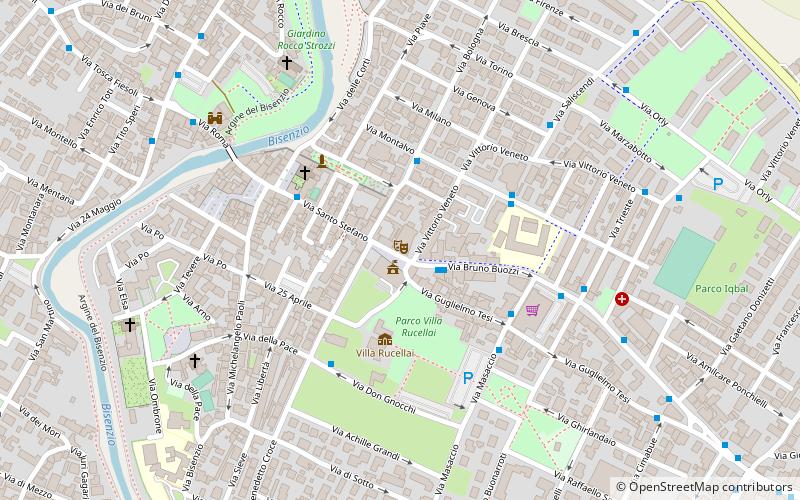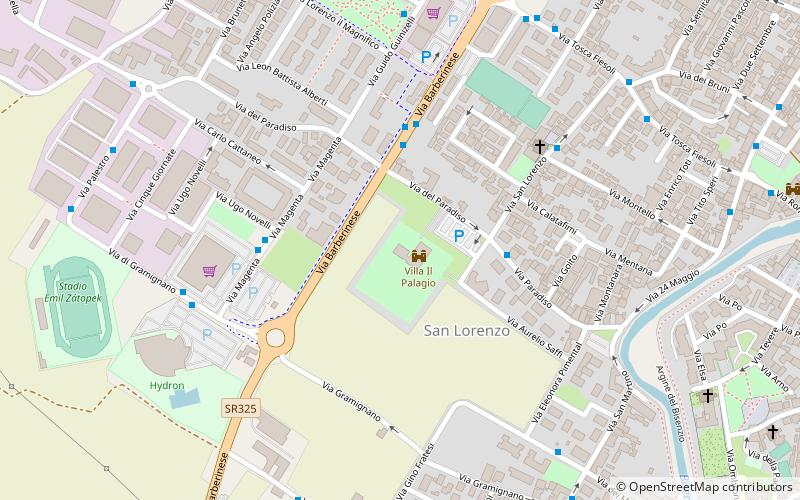Teatrodante Carlo Monni, Campi Bisenzio


Facts and practical information
The Teatrodante Carlo Monni is located in the center of the city of Campi Bisenzio, right in front of the Town Hall, in the square dedicated to the great Florentine poet.
The theater came into being around 1870, when the municipal administration of the time declared itself willing to give away free of charge a parcel of land purchased from the Benini family to a company that would undertake to build a theater. The town had never had such a structure, except for a small timber building that was to be located where the Council Chamber now stands, and this lack was particularly felt in the heyday years of Italian opera.
In 1871 a number of wealthy citizens of Campigiani, under the auspices of Count Giovanni Rucellai, joined together to found the Accademia dei Perseveranti, a company whose purpose was to build the theater and whose shares were quickly sold. The municipality, joining the initiative, wanted to secure the "royal box" for its own events. The design of the work was entrusted to Campigiano architect Mariano Falcini, who dusted off an old design of his for a theater in Alexandria, Egypt. Construction proceeded quickly, however, and the theater, dedicated to the greatest Italian poet, was inaugurated as early as 1873.
The Dante Theater soon made a name for itself among the theaters of Tuscany for the quality of the performances and the artists who graced its stages, so much so that Campi was nicknamed "the little Parma," and its audience of enthusiasts was known for its exigency: some protests against artists who did not meet its expectations remained famous. On the scenes of the Dante made their debut some Campigiani opera singers destined for shining careers in major Italian and foreign theaters such as tenor Gino Fratesi, bass Ugo Novelli and baritone Rolando Panerai.
The theater was preserved in its original form, with its classic 19th-century structure of boxes, until 1938, when it underwent some modifications to allow its use also as a movie theater. In 1952 the theater was subjected to a real destruction, which led to the destruction of the boxes and interior furnishings and its transformation into a simple cinema. From this date, only the facade remained of the original building.
The Dante Cinema's career lasted until the 1970s, when with the crisis of the cinema it saw more and more of its programming devoted to red-light films; in the late 1980s the city administration tried to revive its fortunes by committing itself to encouraging the screening of first releases but to no avail. The cinema thus closed its doors and remained in a state of neglect until the end of the century, when it was purchased by the municipal administration to be restored to its former glory. A very modern restoration project was drawn up and work began, which was completed in early 2007. The city administration, which devised and launched the sale of shares to citizens to finance the restoration, appointed Alessandro Benvenuti as the theater's first artistic director, and it reopened on Feb. 9, 2007. In May 2014, the theater was named after Campigiano actor Carlo Monni and was renamed Teatrodante Carlo Monni.
Teatrodante Carlo Monni – popular in the area (distance from the attraction)
Nearby attractions include: San Giovanni Battista, Prioria parrocchiale di Santa Maria, Pieve parrocchiale di Santo Stefano, Chiesa parrocchiale di San Cresci.
Frequently Asked Questions (FAQ)
When is Teatrodante Carlo Monni open?
- Monday 24h
- Tuesday 24h
- Wednesday 24h
- Thursday 24h
- Friday 24h
- Saturday 24h
- Sunday 24h
Which popular attractions are close to Teatrodante Carlo Monni?
How to get to Teatrodante Carlo Monni by public transport?
Bus
- Piazza Dante • Lines: 303, 303 S, 75, 75 Bs, 75 Cs (1 min walk)
- Campi Bisenzio Vittorio Veneto • Lines: 30 A, 303, 75, 86 As, 86 C (2 min walk)








